An Unfolded Channel-based Physical Layer Key Generation Method For Reconfigurable Intelligent Surface-Assisted Communication Systems
-
摘要: 在可重构智能超表面(RIS)辅助的通信场景中,基站(BS)与RIS的位置通常保持相对静止,而终端(UE)则处于移动状态。两段时变性不一致的信道级联会引起信道信息熵的损失,从而造成物理层密钥容量的劣化。针对该问题,该文首先从理论上分析了信道级联对密钥容量造成的劣化效应;为了缓解这一效应,该文提出一种基于展开信道的密钥生成方法,通过展开信道估计和相移矩阵的分离,充分利用了展开信道的信息熵;最后对级联信道劣化效应进行了仿真验证,并对所提出的方案进行了性能评估。仿真结果显示,与直接采用级联信道作为密钥源相比,该文所提方案在2 dB信噪比条件下,使密钥生成率提升了72%。这一结果表明,该文方案能有效改善信道劣化效应,显著提高密钥生成效率。Abstract:
Objective Physical Layer Key Generation (PLKG) is an emerging technique that leverages the reciprocity, time variability, and spatial decorrelation properties of wireless channels to enable real-time key generation. This method offers potential for one-time-pad encryption and resilience against quantum attacks. PLKG typically includes four key steps: channel probing, preprocessing and quantization, information reconciliation, and privacy amplification. Proper preprocessing can improve channel reciprocity, eliminate redundancy, increase the Key Generation Rate (KGR), and reduce the Key Disagreement Rate (KDR). Reconfigurable Intelligent Surfaces (RIS) present advantages such as low cost, low power consumption, and ease of deployment. By manipulating incident signals in terms of amplitude, phase, and polarization, RIS enables the creation of intelligent communication environments, offering a novel approach to mitigating channel limitations in key generation. However, current preprocessing methods like Principal Component Analysis (PCA), Discrete Cosine Transform (DCT), Singular Value Decomposition (SVD), and nonlinear processing typically treat channel data as a whole for noise reduction and redundancy removal. These methods overlook the key capacity loss induced by channel cascading in RIS-assisted systems, limiting KGR. To address this challenge, this paper proposes a novel PLKG protocol based on unfolded channels, aimed at mitigating key capacity loss due to channel cascading, thereby enhancing KGR. Methods This paper first derives the degradation effect of channel cascading on the KGR using entropy theory and validates it through theoretical simulations. A PLKG scheme tailored for RIS-assisted communication scenarios is then proposed, with enhancements in both channel probing and preprocessing. In the channel probing phase, a two-stage channel estimation approach is introduced. The first stage employs the PARAllel FACtor (PARAFAC) method for channel estimation, utilizing the multidimensional information structure inherent in Multiple Input Multiple Output (MIMO) communication systems to construct a tensor. This tensor is used to estimate the baseline unfolded channel via the Alternating Least Squares (ALS) algorithm. In the second stage, the RIS phase shift matrix is randomized, and the Least Squares (LS) method is applied to estimate the cascaded channel, introducing an additional source of randomness for key generation. In the channel preprocessing phase, the baseline unfolded channel derived from the two-stage estimation is used to separate the cascaded channel into the unfolded channel and the RIS phase shift matrix. Conventional methods such as PCA, DCT, and Wavelet Transform (WT) are applied to remove noise and redundancy from the obtained data. By utilizing both the unfolded channel and the RIS phase shift matrix as joint key sources, the proposed scheme mitigates the KGR degradation caused by channel cascading, enhancing KGR while maintaining a low KDR. Results and Discussions A Rayleigh channel MIMO communication system model is established for experimentation. The proposed two-stage channel estimation method is used to separate the cascaded channel into the unfolded channel and the RIS phase shift matrix. Three preprocessing methods—PCA, DCT, and WT—are then applied to the cascaded channel, unfolded channel, and RIS phase shift matrix for noise reduction and decorrelation. The extracted channel features are quantized, followed by information reconciliation and privacy amplification. The experiment compares two key generation approaches: one using the cascaded channel as the key source and the other using the unfolded channel and RIS phase shift matrix as joint key sources. Simulation results show that the proposed scheme achieves a 72% improvement in KGR at a 2 dB Signal-to-Noise Ratio (SNR) ( Fig. 8 ). Among the preprocessing methods, DCT demonstrates the highest KGR and the lowest KDR (Fig. 9 ,Fig. 10 ,Fig. 11 ,Fig. 11 ). Additionally, experiments on the number of RIS configuration matrices indicate that increasing the number beyond eight yields diminishing returns in KGR improvement. Thus, an optimal range of 8–10 configuration matrices is recommended. Furthermore, the computational complexity of the PARAFAC channel estimation method is analyzed, and the feasibility of real-time key generation is validated by considering channel coherence time, algorithm complexity, and communication protocol frame intervals.Conclusions This paper proposes a PLKG scheme that utilizes the PARAFAC channel estimation method to estimate the unfolded channel and the LS method to estimate the cascaded channel. During preprocessing, the cascaded channel is decomposed into the unfolded channel and the RIS phase shift matrix. By using both the unfolded channel and the RIS phase shift matrix as joint key sources, the proposed method mitigates the degradation of KGR caused by channel cascading. Compared with conventional PLKG schemes that use the cascaded channel as the key source, the proposed method achieves a 72% improvement in KGR at a 2 dB SNR, while maintaining a low KDR. However, despite enhancing KGR, the proposed scheme still faces challenges such as excessive pilot overhead and computational limitations. Future work should focus on optimizing overhead reduction to improve its practicality. -
[1] ZHANG Junqing, DUONG T Q, MARSHALL A, et al. Key generation from wireless channels: A review[J]. IEEE Access, 2016, 4: 614–626. doi: 10.1109/ACCESS.2016.2521718. [2] XIA Enjun, HU Binjie, and SHEN Qiaoqiao. A survey of physical layer secret key generation enhanced by intelligent reflecting surface[J]. Electronics, 2024, 13(2): 258. doi: 10.3390/electronics13020258. [3] SONI A, UPADHYAY R, and KUMAR A. Low complexity preprocessing approach for wireless physical layer secret key extraction based on PCA[J]. Wireless Personal Communications, 2022, 125(3): 2865–2888. doi: 10.1007/s11277-022-09689-9. [4] YASUKAWA S, IWAI H, and SASAOKA H. Adaptive key generation in secret key agreement scheme based on the channel characteristics in OFDM[C]. 2008 International Symposium on Information Theory and Its Applications, Auckland, New Zealand, 2008: 1–6. doi: 10.1109/ISITA.2008.4895646. [5] LIU Zehui, GUO Min, and JU Yun. Physical layer key generation method based on SVD pre-processing[J]. Journal of Cyber Security and Mobility, 2022, 11(6): 777–794. doi: 10.13052/jcsm2245-1439.1163. [6] LI Guyue, HU Aiqun, PENG Linning, et al. The optimal preprocessing approach for secret key generation from OFDM channel measurements[C]. 2016 IEEE Globecom Workshops, Washington, USA, 2016: 1–6. doi: 10.1109/GLOCOMW.2016.7849063. [7] SHARMA R and UPADHYAY R. Physical layer secure key generation with nonlinear preprocessing of RSS for power constraint wireless networks[J]. International Journal of Communication Systems, 2021, 34(17): e4985. doi: 10.1002/dac.4985. [8] CHEN Yanru, CHEN Zhengyu, ZHANG Yuanyuan, et al. Physical layer key generation scheme for MIMO system based on feature fusion autoencoder[J]. IEEE Internet of Things Journal, 2023, 10(16): 14886–14895. doi: 10.1109/JIOT.2023.3288641. [9] WANG Tianqi, WEN Chaokai, WANG Hanqing, et al. Deep learning for wireless physical layer: Opportunities and challenges[J]. China Communications, 2017, 14(11): 92–111. doi: 10.1109/CC.2017.8233654. [10] 张在琛, 江浩. 智能超表面使能无人机高能效通信信道建模与传输机理分析[J]. 电子学报, 2023, 51(10): 2623–2634. doi: 10.12263/DZXB.20221352.ZHANG Zaichen and JIANG Hao. Channel modeling and characteristics analysis for high energy- efficient RIS-assisted UAV communications[J]. Acta Electronica Sinica, 2023, 51(10): 2623–2634. doi: 10.12263/DZXB.20221352. [11] 唐杰, 文红, 宋欢欢, 等. 基于智能反射表面辅助的MIMO无线通信密钥快速生成[J]. 电子与信息学报, 2022, 44(7): 2264–2272. doi: 10.11999/JEIT210442.TANG Jie, WEN Hong, SONG Huanhuan, et al. MIMO fast wireless secret key generation based on intelligent reflecting surface[J]. Journal of Electronics & Information Technology, 2022, 44(7): 2264–2272. doi: 10.11999/JEIT210442. [12] DE ARAÚJO G T and DE ALMEIDA A L F. PARAFAC-based channel estimation for intelligent reflective surface assisted MIMO system[C]. The 2020 IEEE 11th Sensor Array and Multichannel Signal Processing Workshop, Hangzhou, China, 2020: 1–5. doi: 10.1109/SAM48682.2020.9104260. [13] DE ALMEIDA A L F, FAVIER G, DA COSTA J P J, et al. Overview of tensor decompositions with applications to communications[M]. COELHO R F, NASCIMENTO V H, DE QUEIROZ R L, et al. Signals and Images: Advances and Results in Speech, Estimation, Compression, Recognition, Filtering, and Processing. Boca Raton, USA: CRC-Press, 2016: 325–356. doi: 10.1201/b19385-17. [14] WEI Li, HUANG Chongwen, ALEXANDROPOULOS G C, et al. Parallel factor decomposition channel estimation in RIS-assisted multi-user MISO communication[C]. The 2020 IEEE 11th Sensor Array and Multichannel Signal Processing Workshop, Hangzhou, China, 2020: 1–5. doi: 10.1109/SAM48682.2020.9104305. [15] ZHANG Junqing, LI Guyue, MARSHALL A, et al. A new frontier for iot security emerging from three decades of key generation relying on wireless channels[J]. IEEE Access, 2020, 8: 138406–138446. doi: 10.1109/access.2020.3012006. [16] JIN Liang, HU Xiaoyan, SUN Xiaoli, et al. Native security scheme based on physical layer chain key for encryption and authentication[C]. 2021 IEEE Wireless Communications and Networking Conference Workshops, Nanjing, China, 2021: 1–7. doi: 10.1109/WCNCW49093.2021.9420012. -





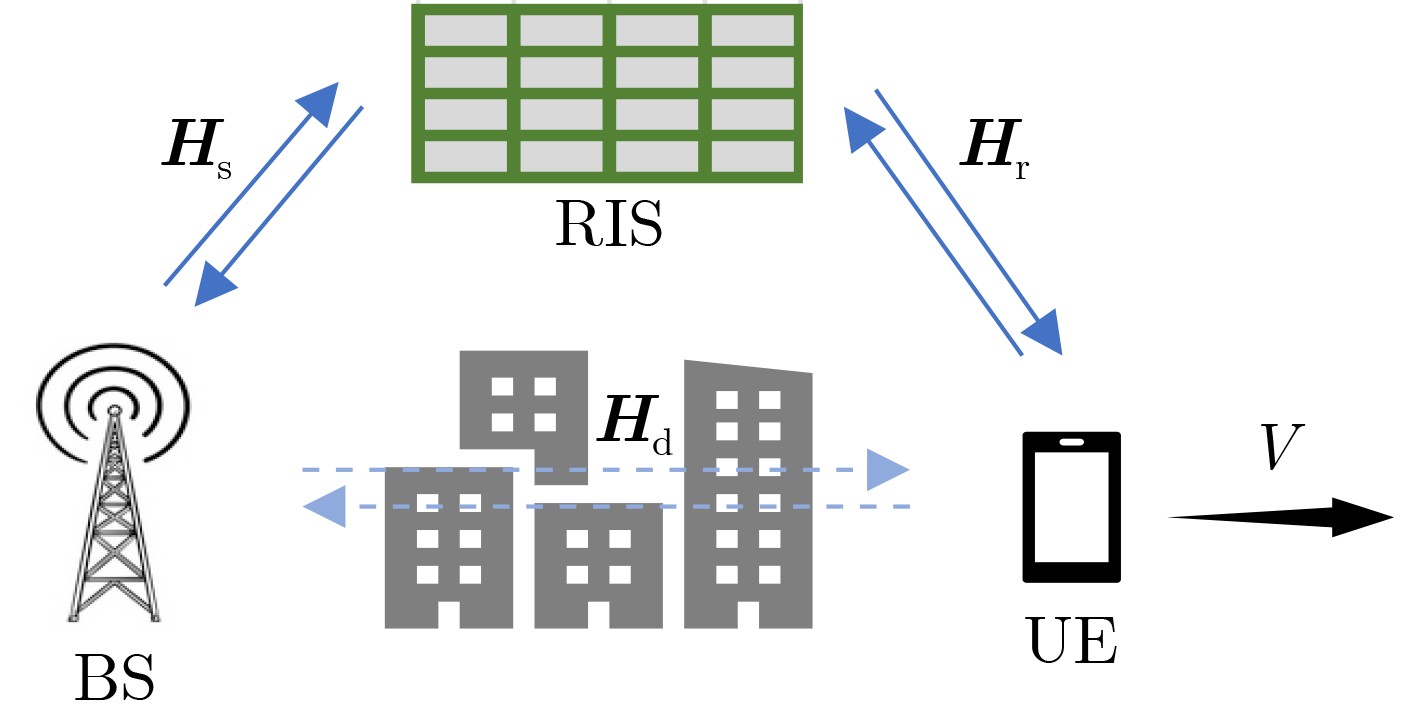
 下载:
下载:
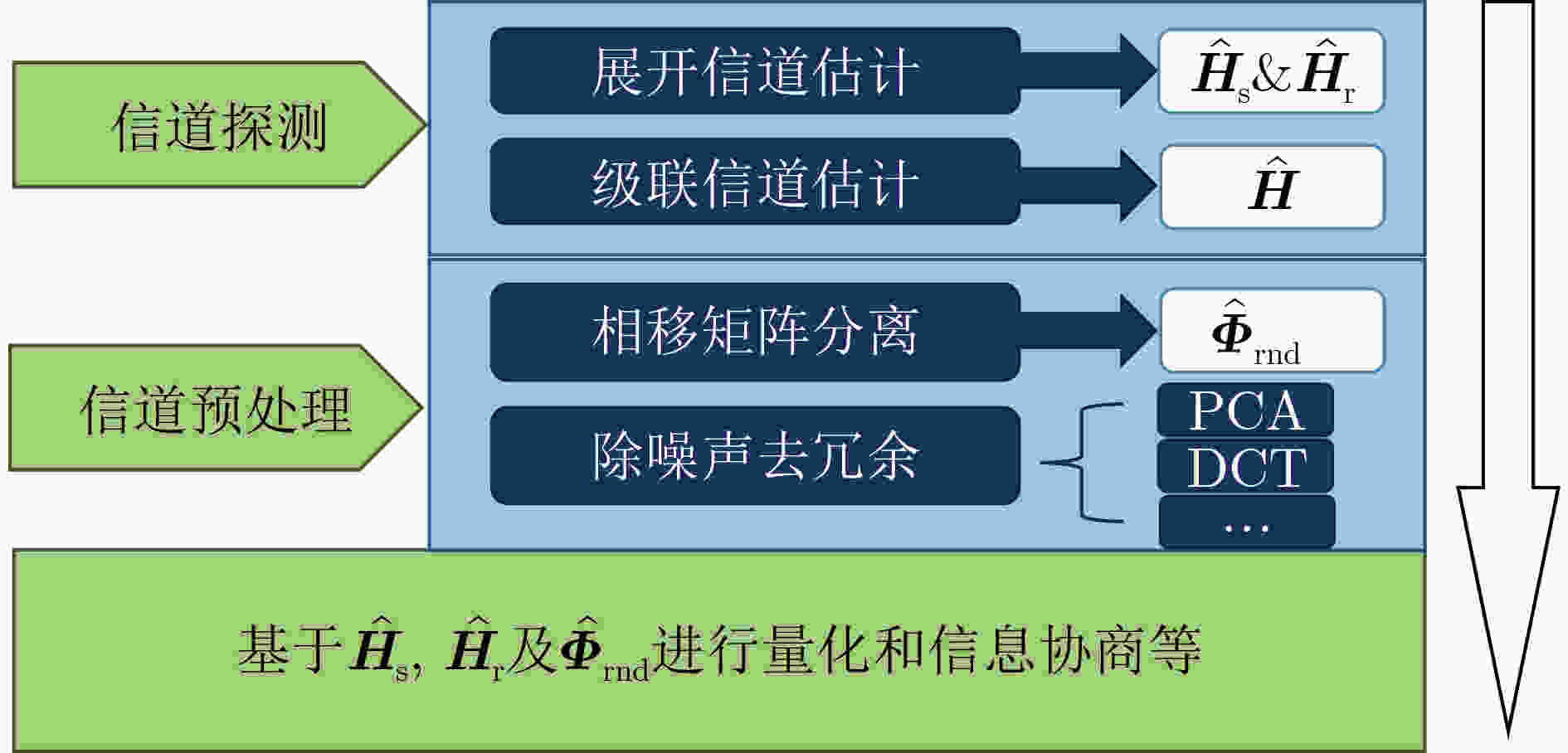
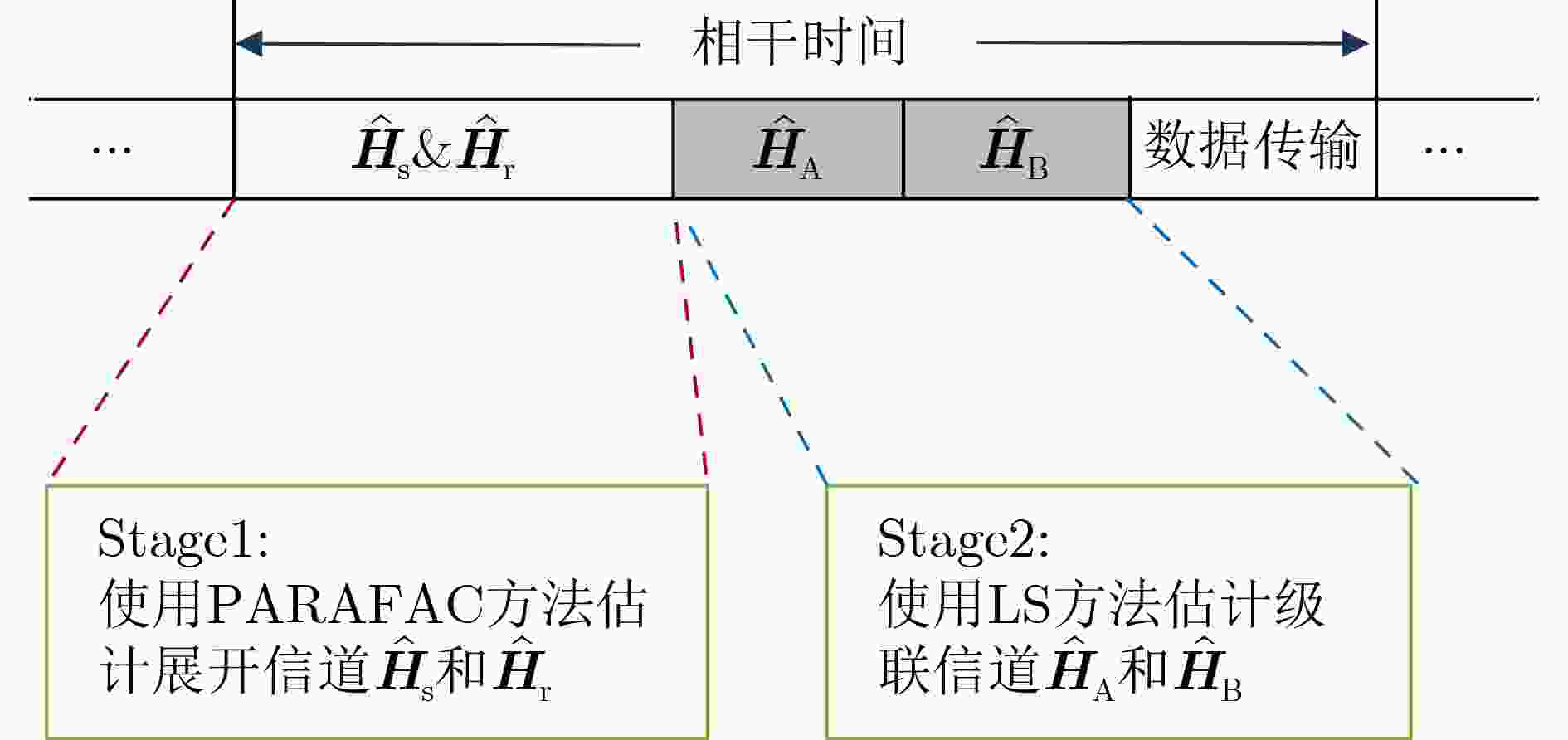


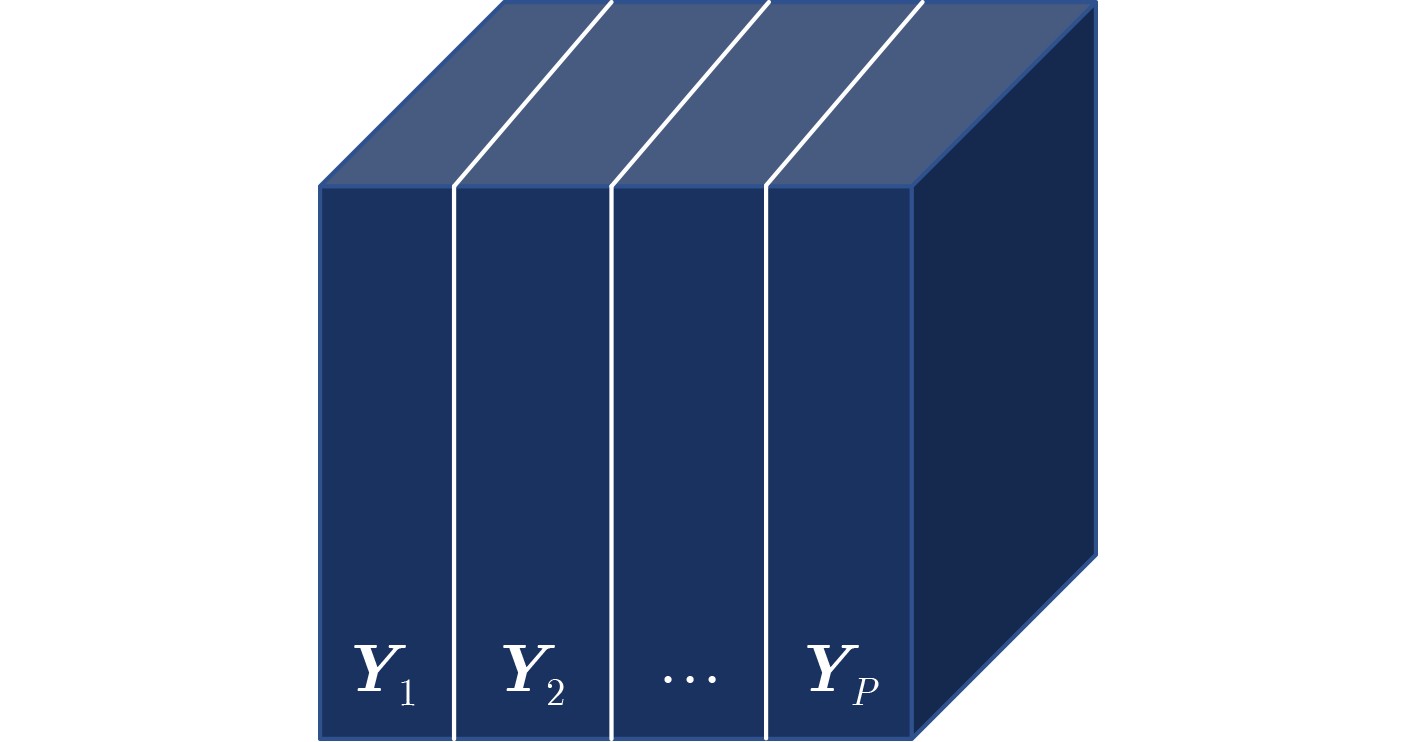
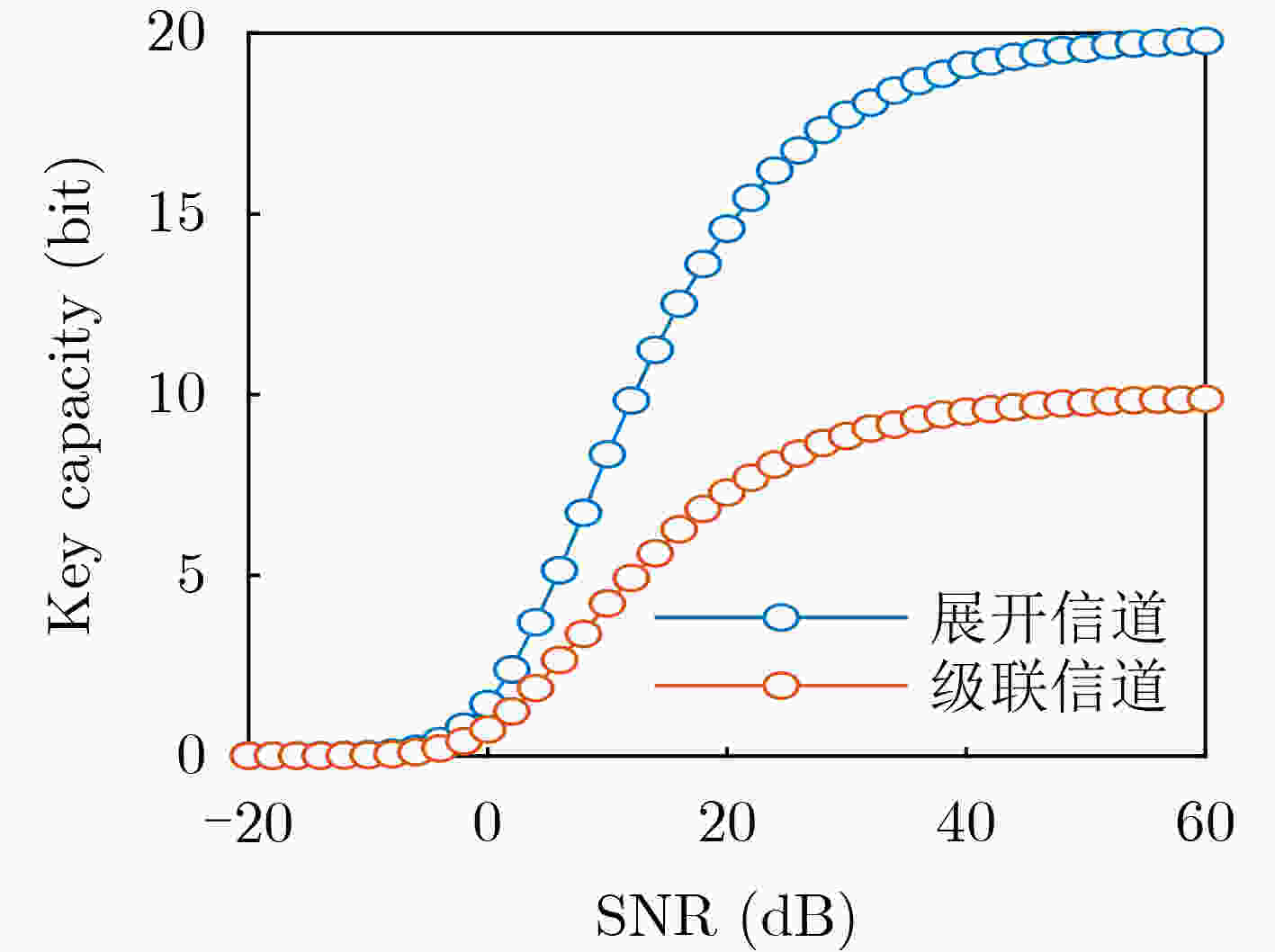

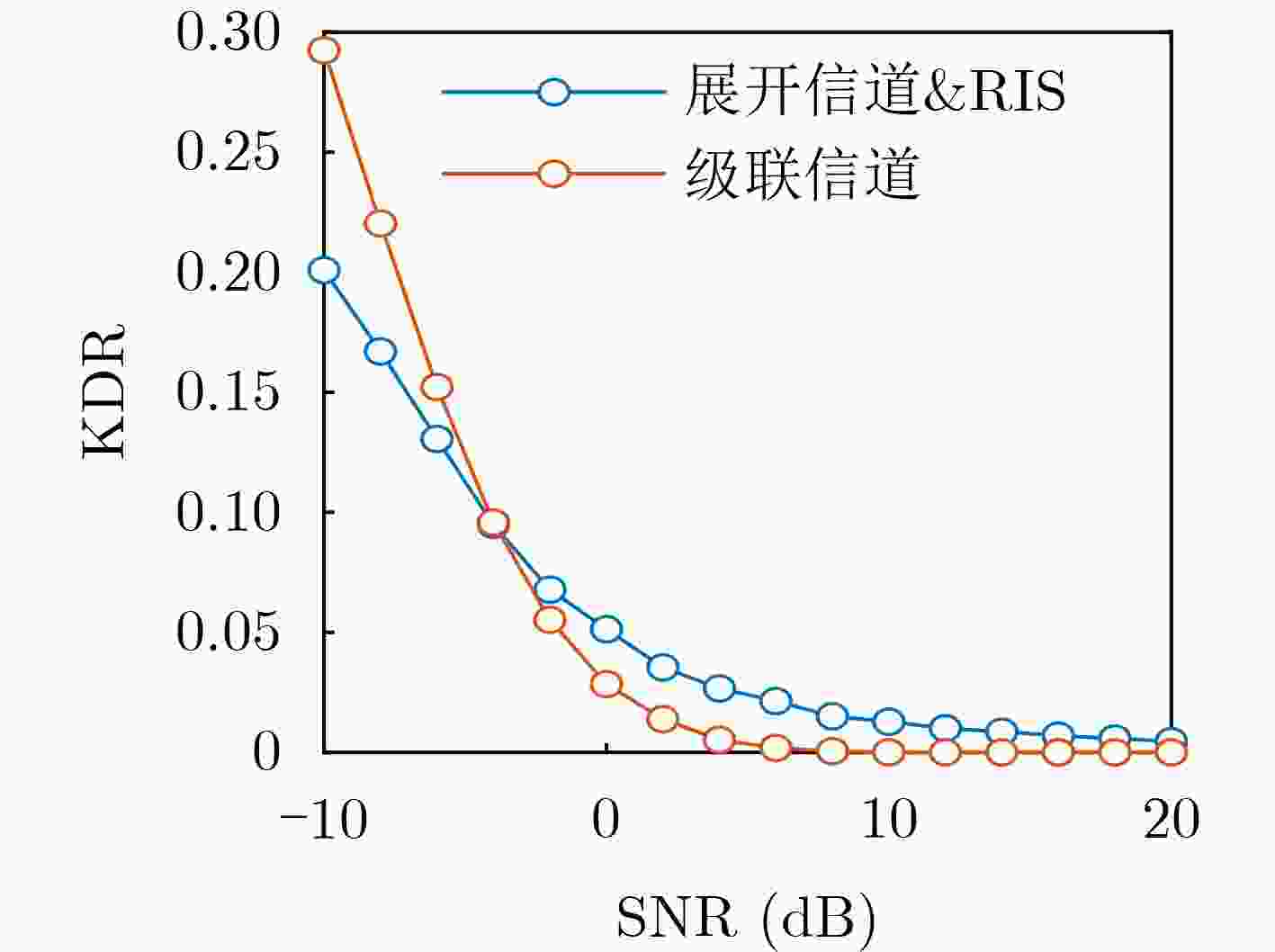
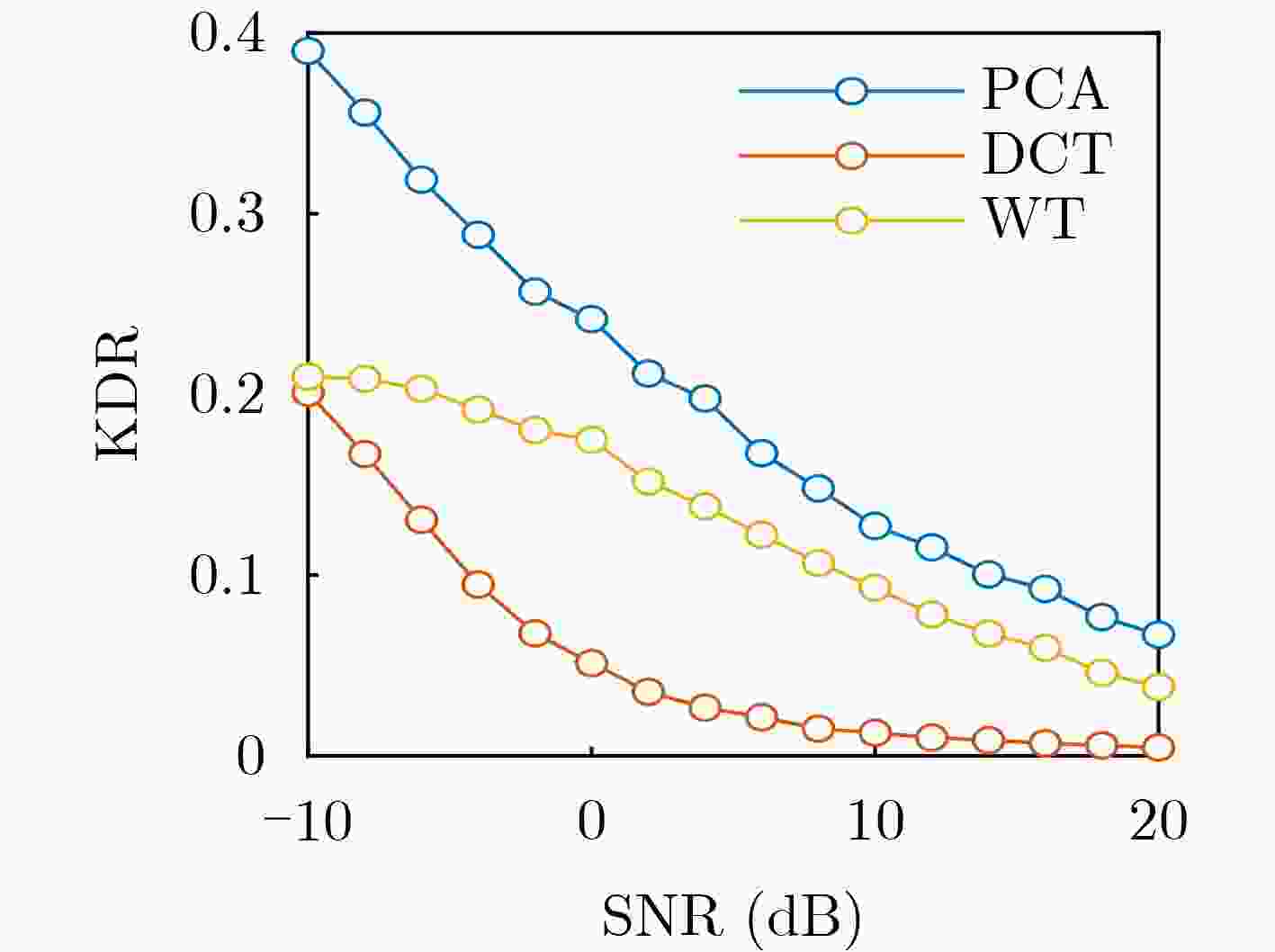
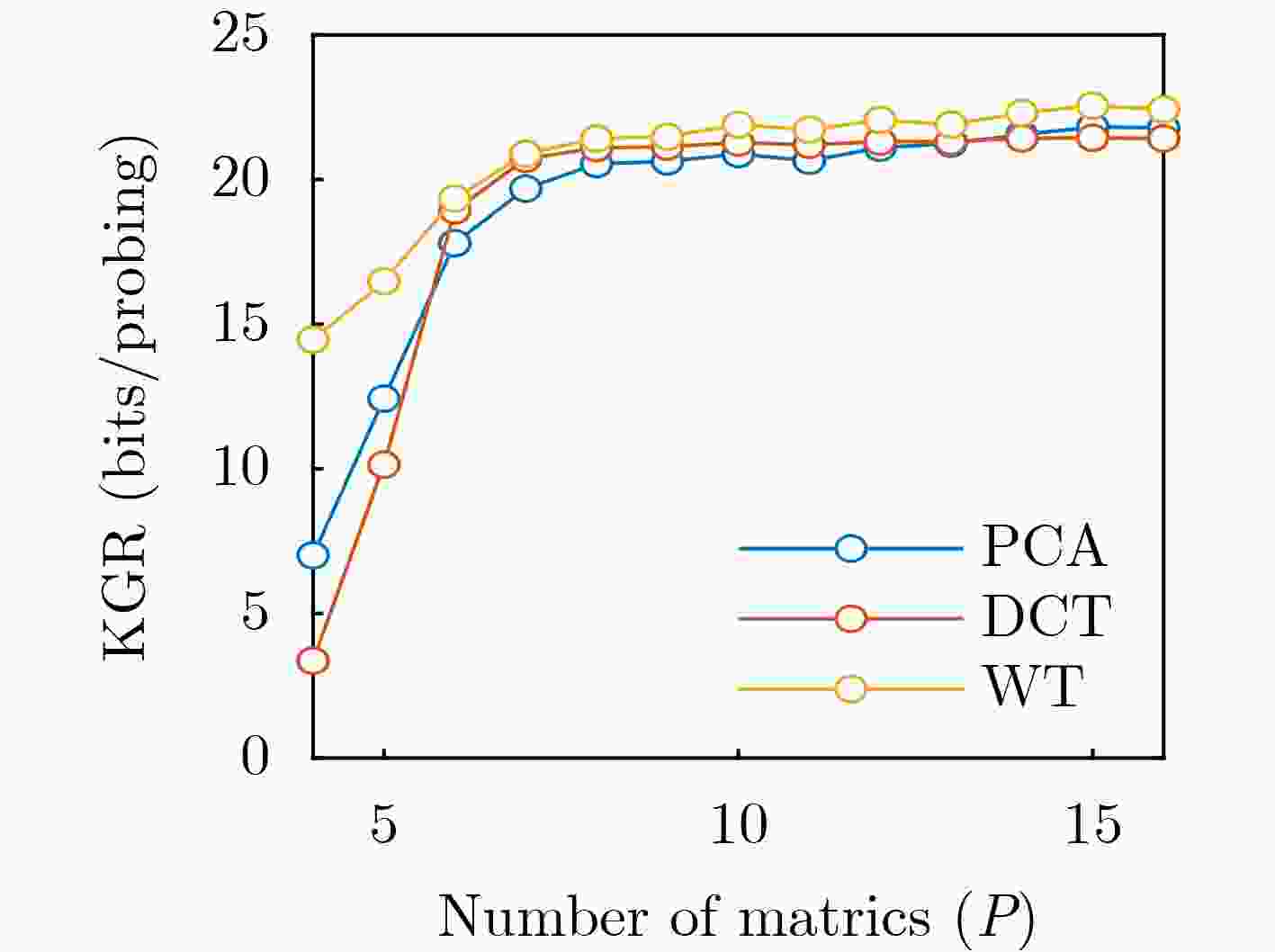


 下载:
下载:
